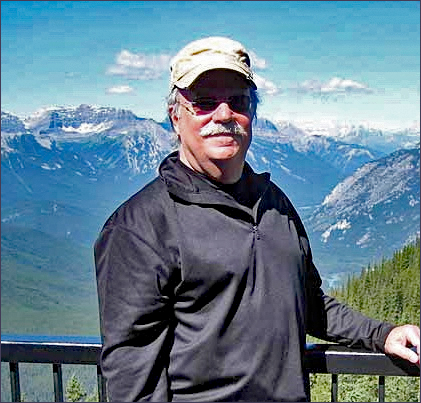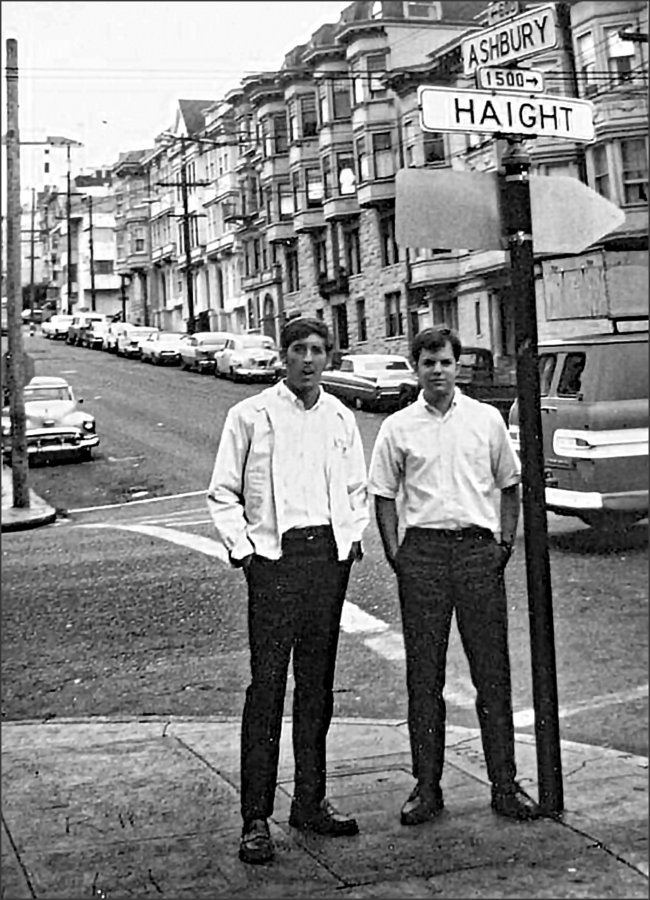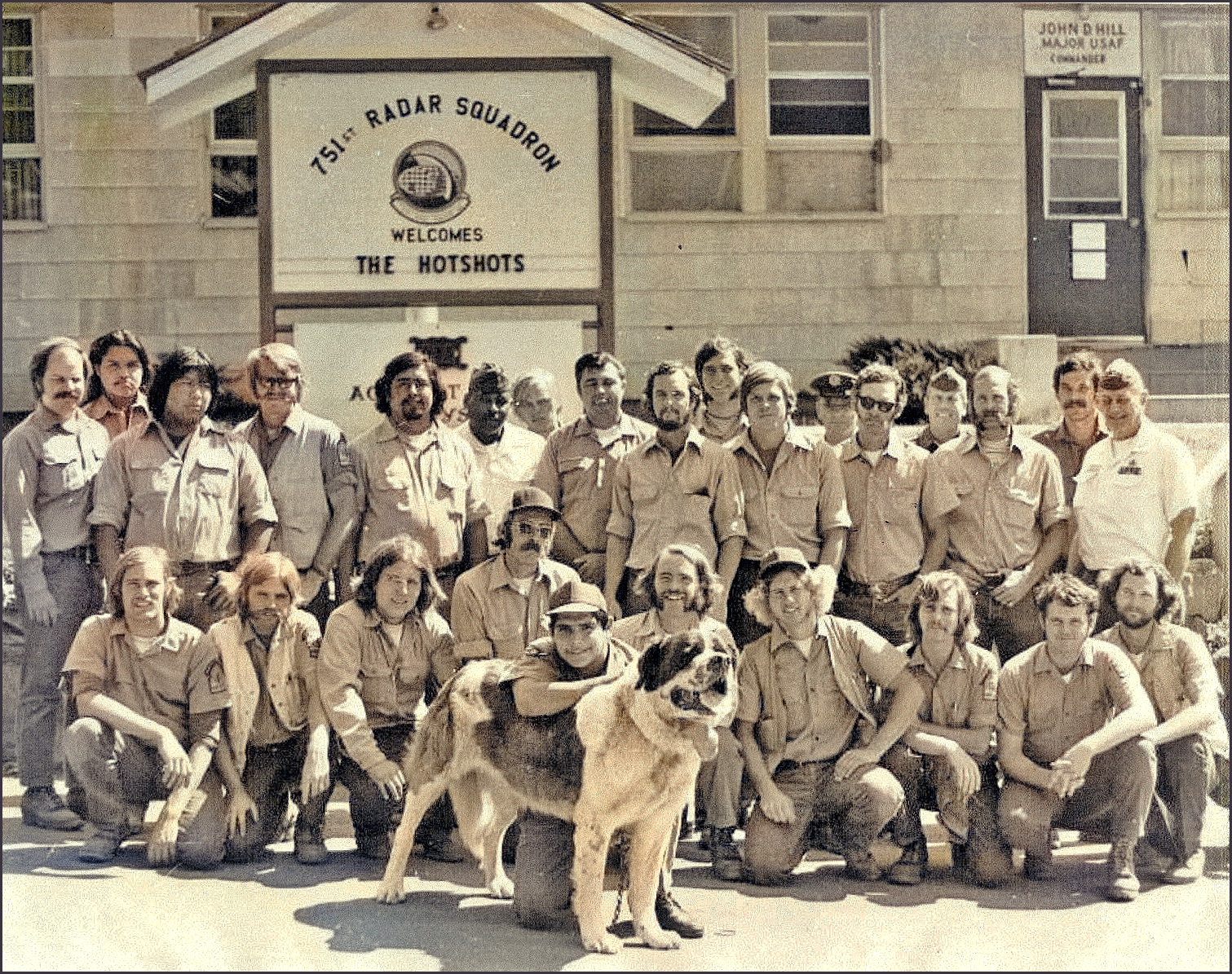Longtime fire journalist Bill Gabbert left us way too soon last year, and many of us will miss him and his contributions to the world of wildfire for a long time to come.
It was pancreatic cancer that took him, and he had a rough go of it for his last year or so, but then he was one of the fortunate few who go quietly and easily in their sleep.

When the International Association of Wildland Fire (IAWF) accepted Bill’s generous offer to continue the form, format, and platform of his wildfire journalism websites, we were hoping for many conversations with him, with more time to absorb his advice and knowledge.
Those conversations were far too few, though, and the time far too short. But we are now pleased to announce the BILL GABBERT FELLOWSHIP in Wildfire Reporting, which will fund and mentor and publish the sort of innovative wildfire reporting that Bill exemplified.
An initial donation from a longtime supporter of Wildfire Today helped launch the program. Building on an auspicious start, the IAWF is now accepting donations to honor Bill’s work by developing and supporting a funded program to encourage innovators in wildfire journalism.
To remember Bill and support his legacy into the future, just use the red “Donate Online” link at iawfonline.org/donate – unless you specify otherwise, all donations to IAWF this year will support the BILL GABBERT FELLOWSHIP.
Later this year, officers will announce an application process to screen people and projects that feature reporting by fire-savvy writers and innovative media projects for Wildfire Today and Fire Aviation, with some articles jointly produced with Wildfire magazine.
In the next few posts — by Chuck Bushey and Wade Ward — we share a few memories from Bill’s friends and colleagues. Let us know if you have more.



